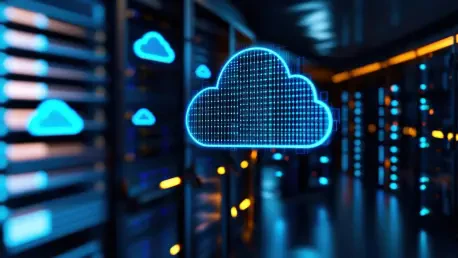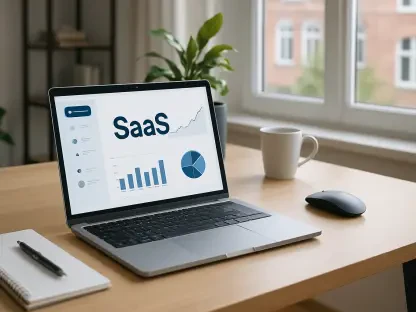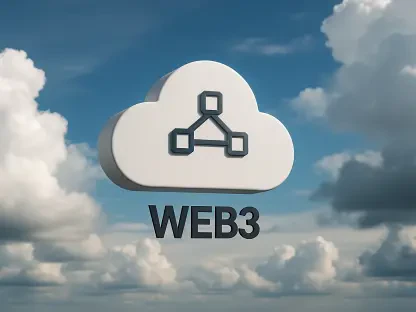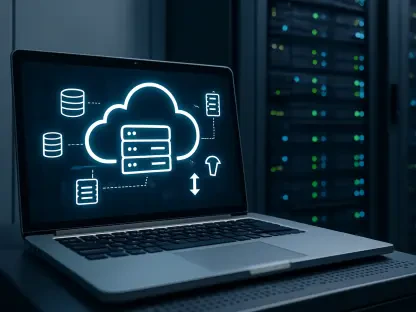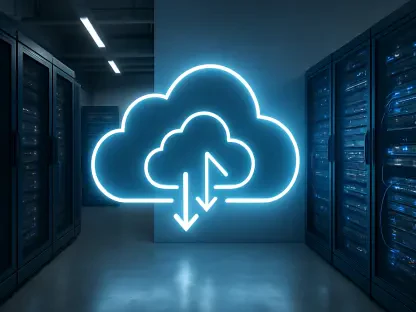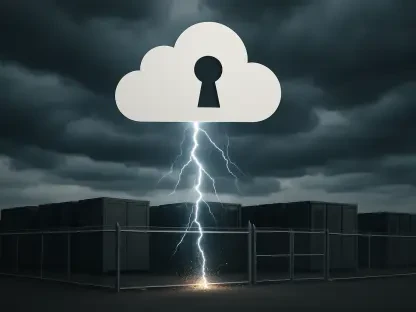I’m thrilled to sit down with Maryanne Baines, a renowned authority in cloud technology with extensive experience evaluating cloud providers, their tech stacks, and product applications across various industries. With her deep expertise in navigating the complexities of cloud transformations, Maryanne offers invaluable insights into the evolving landscape of enterprise software. Today, we’ll explore the challenges and opportunities surrounding cloud migration, particularly in the context of SAP systems, focusing on licensing transparency, architectural consistency, and the impact of recent pricing model changes on businesses.
Can you walk us through the current push for greater transparency in cloud licensing for SAP users, and why this is such a critical issue right now?
Absolutely, Robert. The push for transparency in cloud licensing, especially among SAP users in regions like Germany, Austria, and Switzerland, stems from the need to simplify the shift from on-premise systems to the cloud. User groups like DSAG are advocating for clear, straightforward licensing models because many companies are still starting their journey with older systems like SAP ECC or Business Suite. Without transparency, businesses struggle to predict costs and plan effectively for migration, which can stall their modernization efforts. It’s about building trust and ensuring users aren’t blindsided by hidden fees or inconsistent terms as they move to cloud environments.
What are some of the biggest hurdles SAP users face when transitioning from these legacy systems to cloud-based solutions?
The transition is rarely smooth, and the challenges are often a mix of technical and financial issues. On the technical side, integrating old systems with modern cloud architectures can be a nightmare—data migration, compatibility, and customization often require significant rework. Financially, the costs of migration can spiral if licensing isn’t clear or if unexpected expenses pop up. Many companies find that the lack of consistent licensing terms between on-premise and cloud setups adds another layer of complexity, making budgeting and forecasting much harder than it needs to be.
There’s been talk about the need for a consistent and harmonized architecture in cloud transformations. Can you explain what that means for SAP users?
Sure, when we talk about a consistent and harmonized architecture, we’re referring to a unified framework that allows SAP users to operate seamlessly across different environments—whether that’s on-premise, private cloud, or public cloud. It means having standardized processes and tools so that businesses aren’t juggling multiple operating models. This consistency reduces complexity, minimizes errors, and makes it easier to scale operations up or down. Without it, companies risk fragmented systems that don’t talk to each other, leading to inefficiencies and higher costs during the transition.
Why do you think clear migration paths are so essential for companies embarking on this cloud journey?
Clear migration paths are like a roadmap for companies moving to the cloud. Without them, businesses can feel lost, unsure of how to get from their current legacy setup to a modern cloud solution. A well-defined path outlines the steps, timelines, and resources needed, helping to avoid costly detours or dead ends. It also builds confidence—when companies know exactly what to expect, they’re more likely to commit to the transformation. Without this clarity, there’s a real risk of projects stalling or failing altogether due to uncertainty or misaligned expectations.
SAP recently shifted from RISE with SAP to SAP Cloud ERP Private with a new pricing metric called Full-Use-Equivalent, or FUE. How are users reacting to this change?
The reaction has been mixed, to be honest. While some appreciate the attempt to refine pricing structures, many users are concerned about the lack of clarity around FUE and how it translates to their actual costs. There’s a sense that this new metric could lead to higher expenses, especially since it’s tied to usage in ways that aren’t always intuitive. Compared to the previous RISE package, which bundled services in a more predictable way, this shift has left some businesses feeling uncertain about their budgets and questioning whether the new model truly aligns with their needs.
With reports of increased list prices due to these licensing changes, how are companies adjusting their financial planning?
Many companies are finding themselves revisiting their budgets and business cases because of these price adjustments. The increased list prices, especially for certain volume tiers, mean that initial cost estimates under older packages like RISE are no longer accurate. Businesses are having to dive deep into their bill of materials to understand the new line items and potential cost spikes. It’s a frustrating process for some, as it can delay projects and force tough conversations about whether the cloud transition is still financially viable in the short term.
There’s also been discussion about complexity in licensing between SAP Cloud ERP Public and Private Editions, particularly in two-tier scenarios. Can you explain what a two-tier scenario is and why it’s problematic?
A two-tier scenario typically refers to a setup where a company operates with a primary ERP system at the corporate level and smaller, often localized ERP systems for subsidiaries or specific business units. The challenge comes when licensing models differ between SAP Cloud ERP Public and Private Editions in these setups. These inconsistencies create headaches because companies can’t apply a single, unified approach to licensing across their operations. It leads to additional complexity in managing costs, compliance, and integration, which can undermine the efficiency that cloud solutions are supposed to bring.
What kind of standardized operating model do you think could help resolve these licensing complexities for SAP users?
A standardized operating model would ideally encompass both public and private cloud environments under a single, cohesive framework. This means having uniform licensing terms, pricing structures, and operational guidelines regardless of the cloud edition or deployment model a company uses. It would simplify hybrid scenarios, where businesses often mix on-premise and cloud solutions, by reducing the friction between different systems. The goal is to minimize investment risks and make it easier for companies to scale or adapt without worrying about licensing discrepancies derailing their plans.
Looking ahead, what is your forecast for the future of cloud licensing and transformations in the SAP ecosystem?
I believe we’re heading toward a more user-centric approach in the SAP ecosystem, where licensing and cloud transformations will become increasingly streamlined—but it won’t happen overnight. Pressure from user groups and the competitive landscape will likely push SAP to prioritize transparency and simplicity in licensing models. We might see more flexible, usage-based pricing that genuinely reflects customer needs rather than adding layers of complexity. At the same time, as cloud adoption accelerates, I expect migration tools and support services to mature, making transitions smoother. However, companies will need to stay proactive, ensuring they fully understand terms and advocating for their needs to avoid being caught off guard by future changes.
